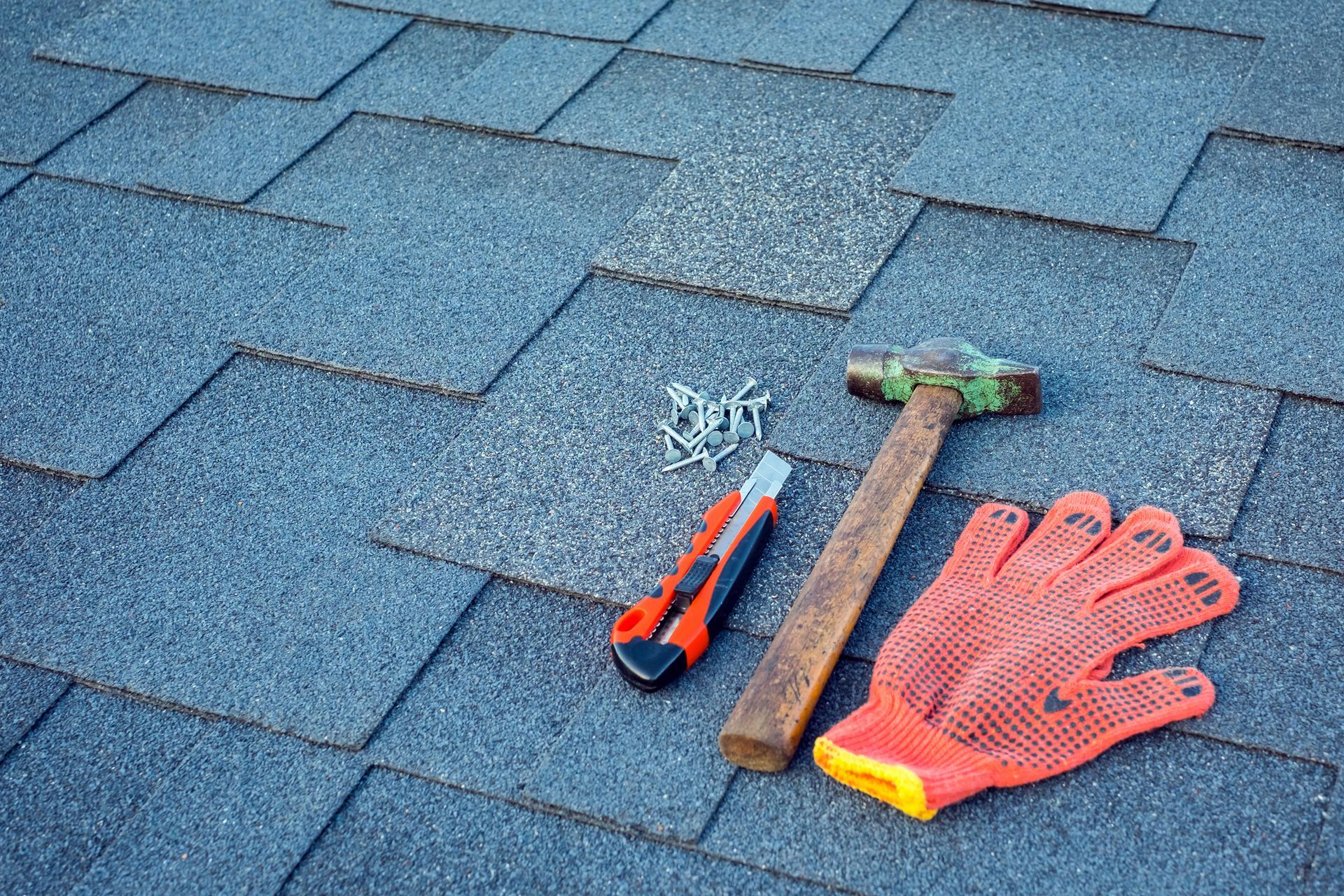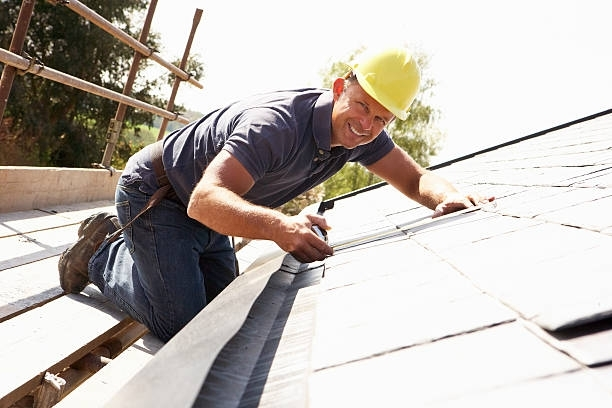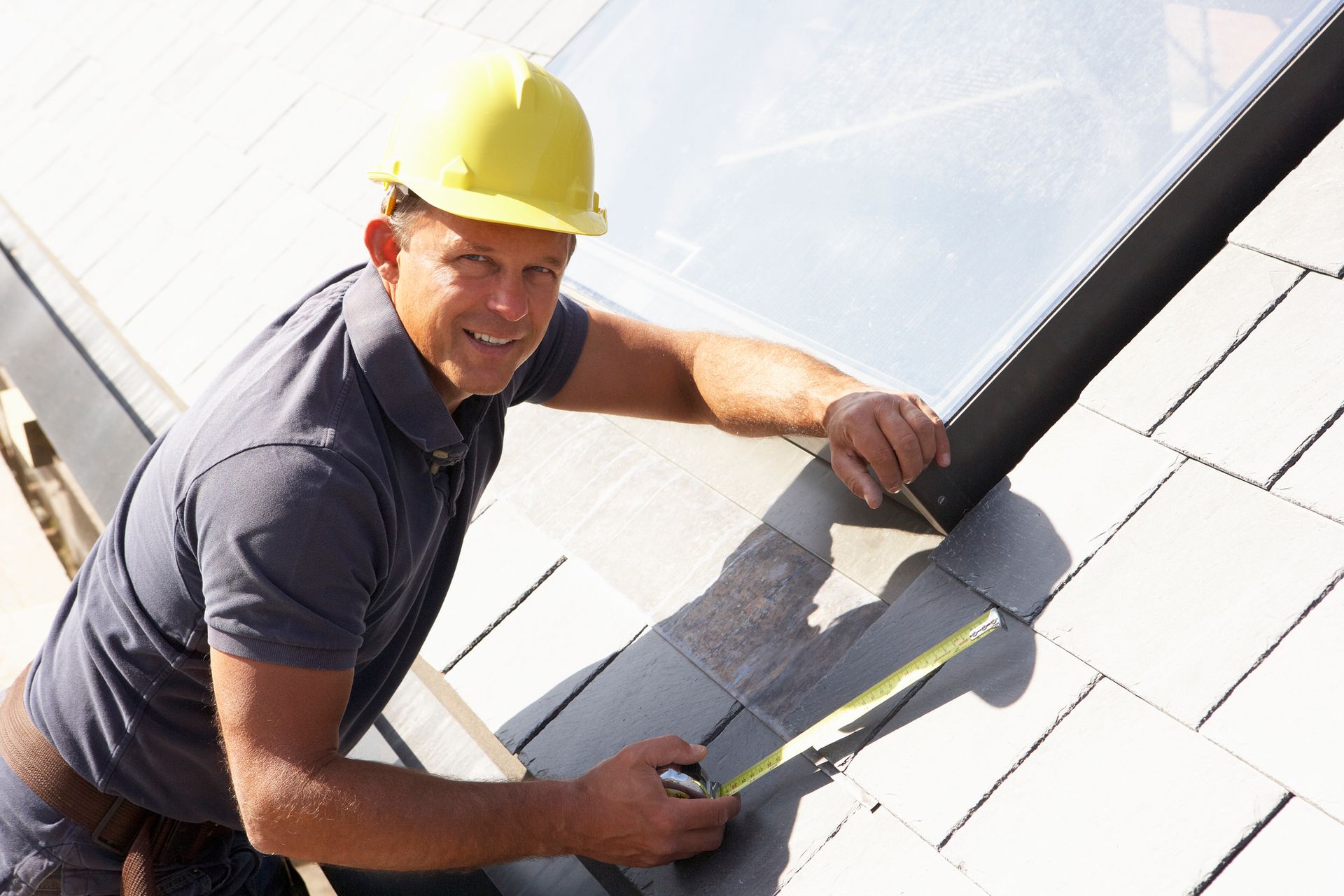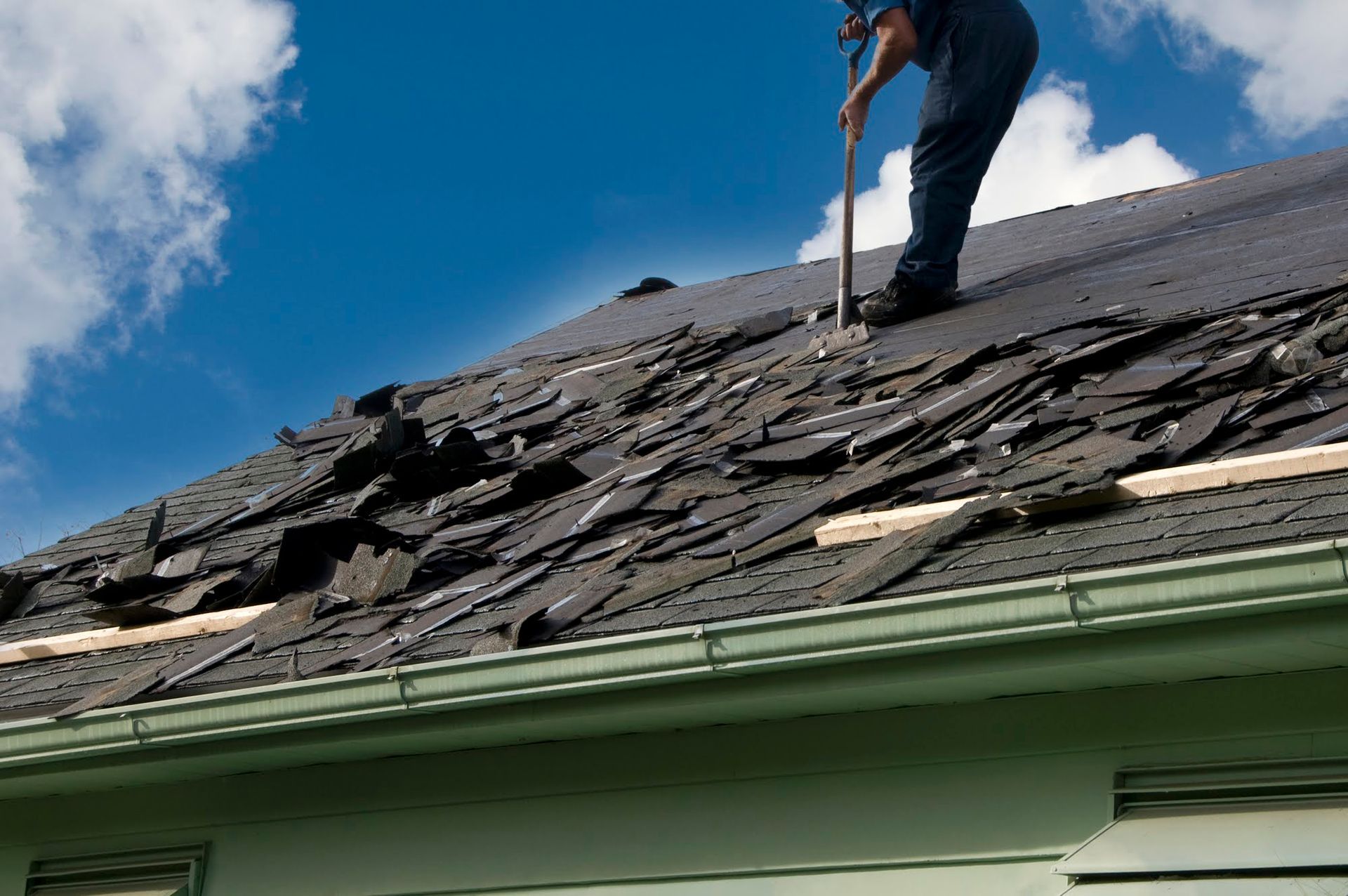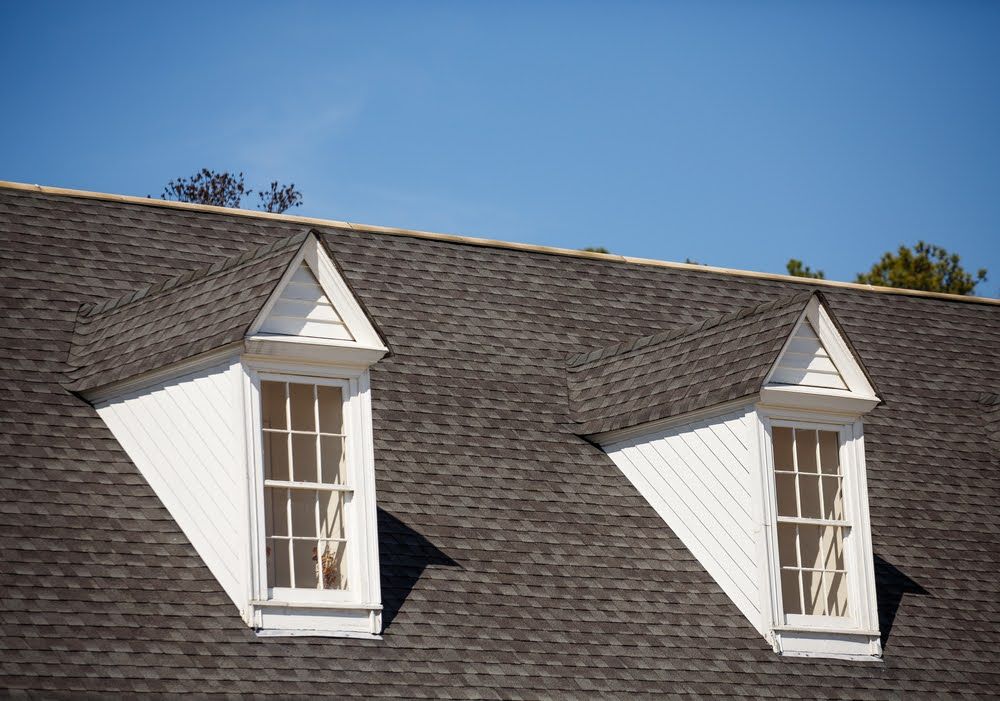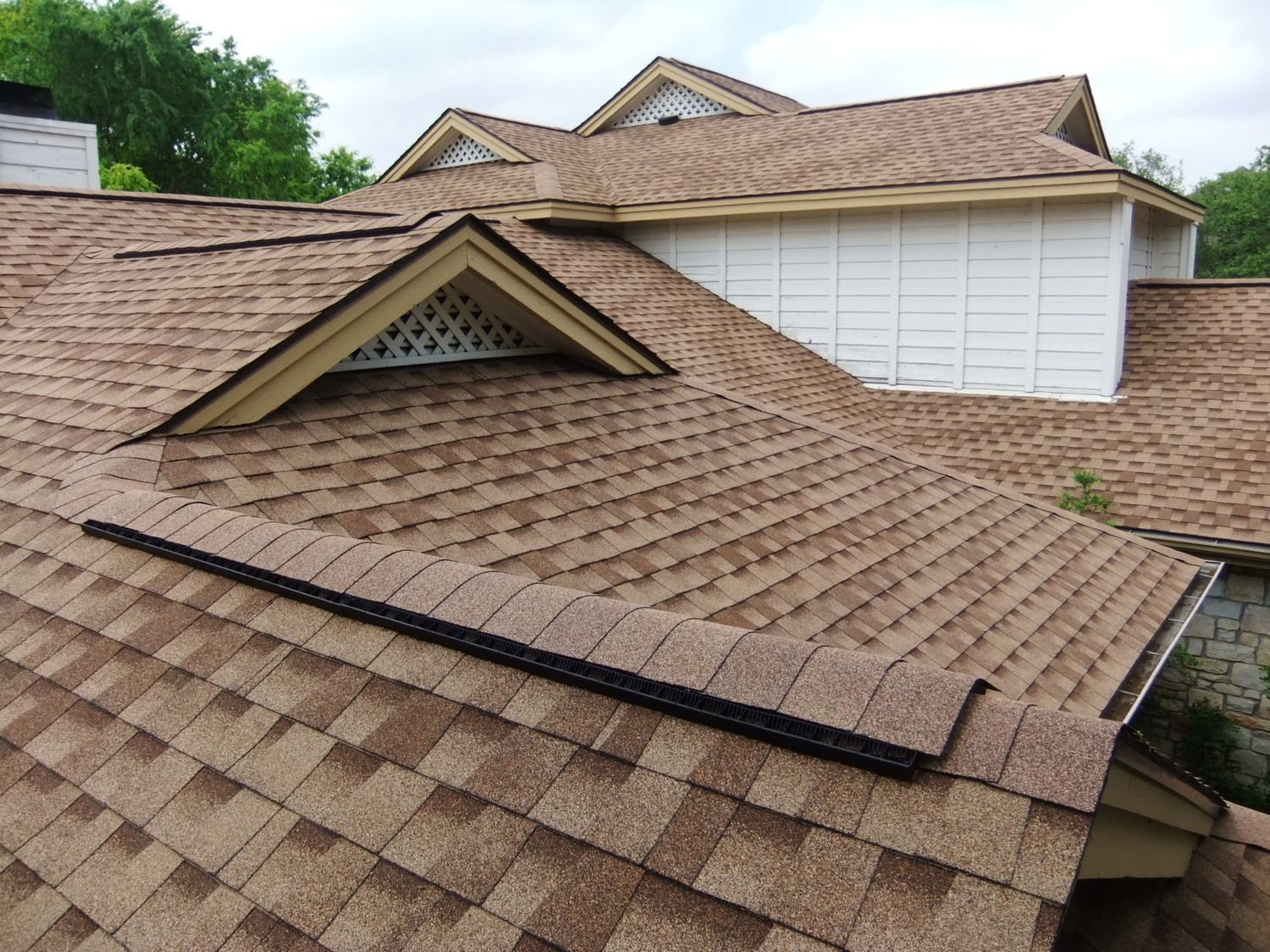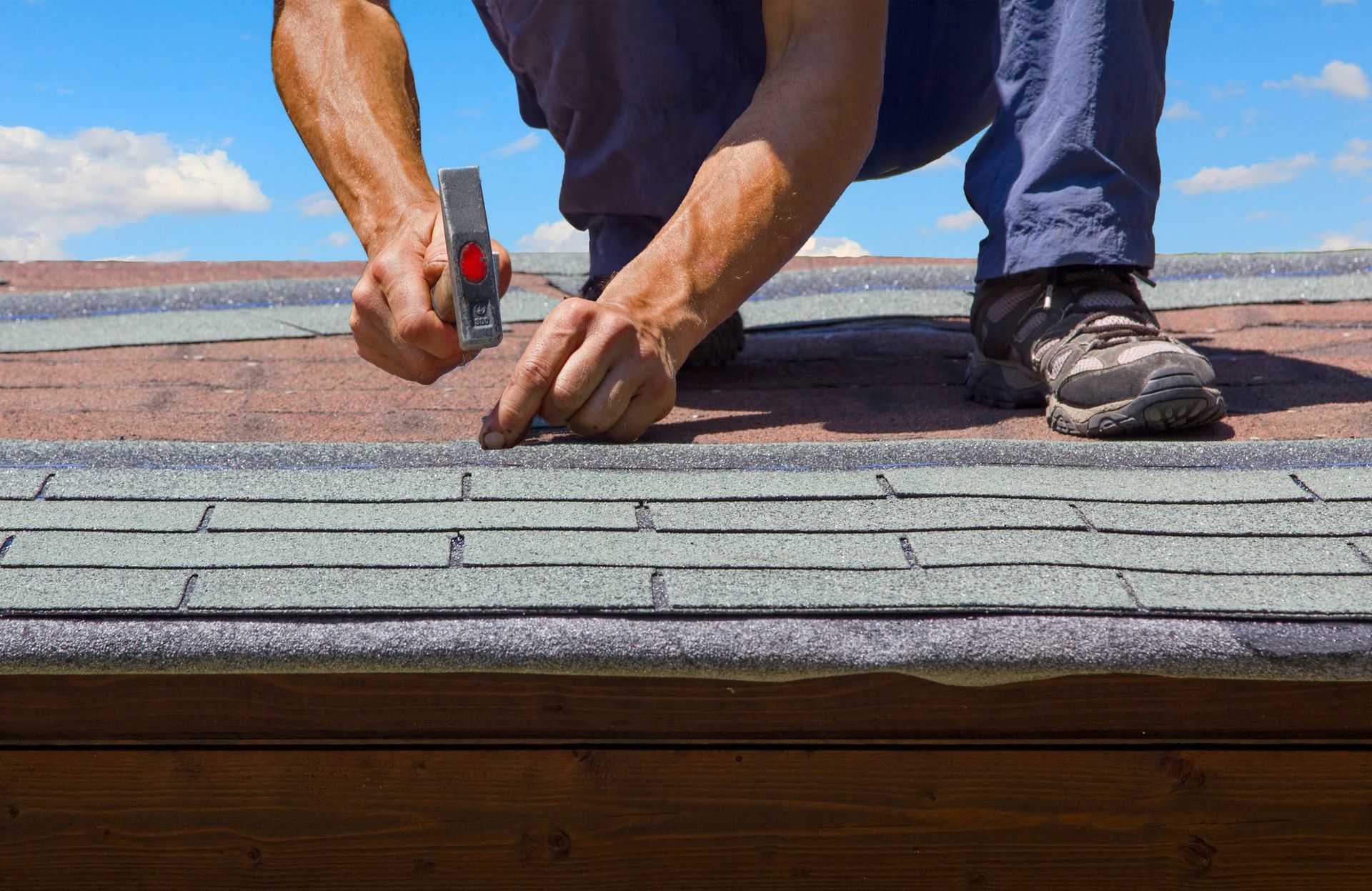Getting a Shingle Roof Installed on Your Home
When considering a new roof, many homeowners opt for shingle roofs due to their affordability and durability. Understanding the installation process can help you make informed decisions and prepare your home for this essential upgrade. This post aims to provide you with a clear understanding of what to expect during the shingle roof installation process.
Initial Consultation and Assessment
The process begins with a consultation with roofing professionals. During this meeting, experts assess your roof's current condition and discuss your specific needs and preferences. They will examine factors such as roof pitch, existing materials, and any necessary repairs. This stage is crucial for obtaining a detailed quote and timeline for the project.
Choosing Your Shingles
Once you've decided to proceed, you'll choose the type of shingles that best suit your home. Asphalt shingles are most popular due to their cost-effectiveness and variety of styles and colors. However, there are other materials like wood, metal, or slate shingles, each offering unique benefits. Your choice will depend on aesthetic preferences, budget, and climate considerations.
Scheduling the Installation
After selecting your shingles, the next step involves scheduling the installation. Roofing companies often work around weather conditions to ensure a smooth process. Expect the company to provide a start date and an estimated timeline for completion. Keep in mind that unexpected weather changes can impact this schedule.
Preparing Your Home
Before the installation begins, you need to prepare your home. Clear your driveway and the surrounding areas to allow easy access for work vehicles and equipment. Removing outdoor furniture and securing fragile items inside your home can also prevent damage from vibrations during the installation. Communication with your roofing team about any specific concerns is encouraged.
Removal of Old Roofing
The installation begins with the removal of the old roofing materials. Roofing crews carefully strip away existing shingles, underlayment, and flashing. This part of the process can get noisy, so it may be a good idea to plan activities away from home if you're sensitive to sound. During this stage, roofers inspect for any underlying issues such as rot or structural damage, which they'll repair before proceeding.
Installation of New Shingles
Once the old materials are removed, the installation of new shingles starts. Roofers apply a layer of underlayment to provide a moisture barrier, followed by the shingles. Proper alignment and nailing patterns are critical for ensuring durability and leak prevention. Experienced roofers will ensure that shingles are laid correctly and secured according to manufacturer specifications.
Adding Flashing and Ventilation
In addition to shingles, roofers install flashing around areas like chimneys, vents, and skylights to prevent water infiltration. Proper ventilation is also added to regulate attic temperatures and prevent moisture buildup. These components are vital for extending the life of your roof and maintaining its integrity over time.
Final Inspection and Clean-Up
After installation, a thorough inspection ensures everything meets quality standards. This includes checking the alignment of shingles, securing flashing, and ensuring proper ventilation. After the inspection, the roofing team will clean the site, remove any debris, and ensure that your property is left in impeccable condition.
Warranty and Maintenance
Upon completion, you'll receive warranty information for both the shingles and the installation. Understanding these details is essential in case future issues arise. Regular maintenance, such as cleaning gutters and inspecting for damage, will help prolong your roof's lifespan and preserve its functionality.
Getting a shingle roof installed is an essential investment for your home's protection and functionality. By understanding the installation process, choosing reputable contractors, and properly maintaining your roof, you can ensure that it will provide lasting value and peace of mind for years to come.
Contact us at County Roofing if you're interested in installing a shingle roof on your home.
BROWSE OUR WEBSITE
CONTACT INFORMATION
- Mon - Fri
- -
- Sat - Sun
- Closed




